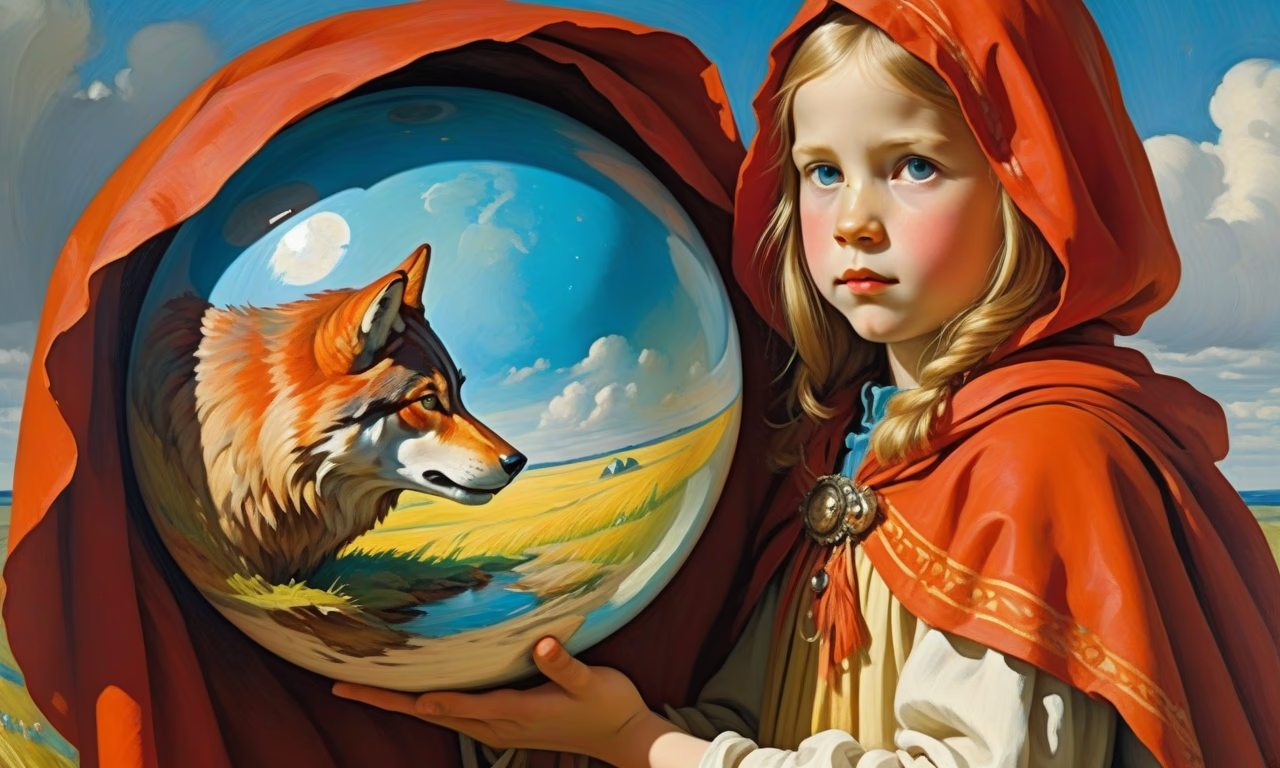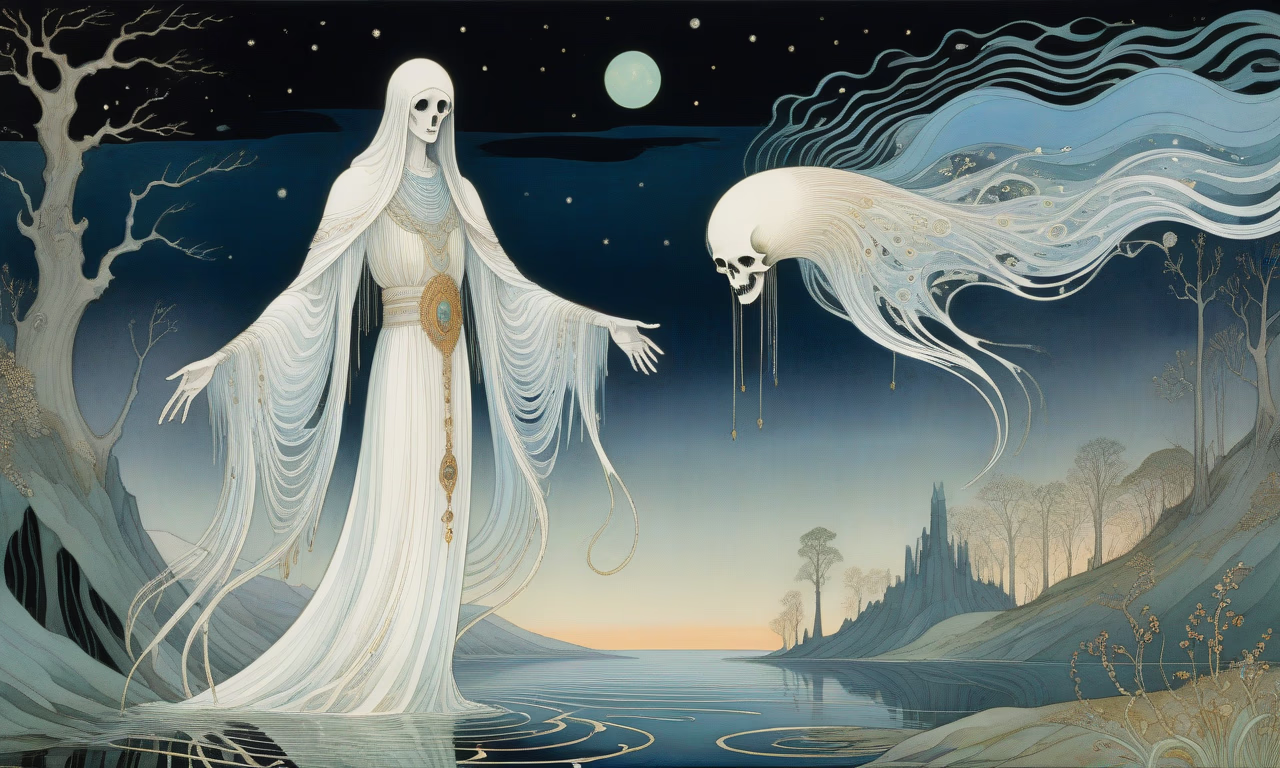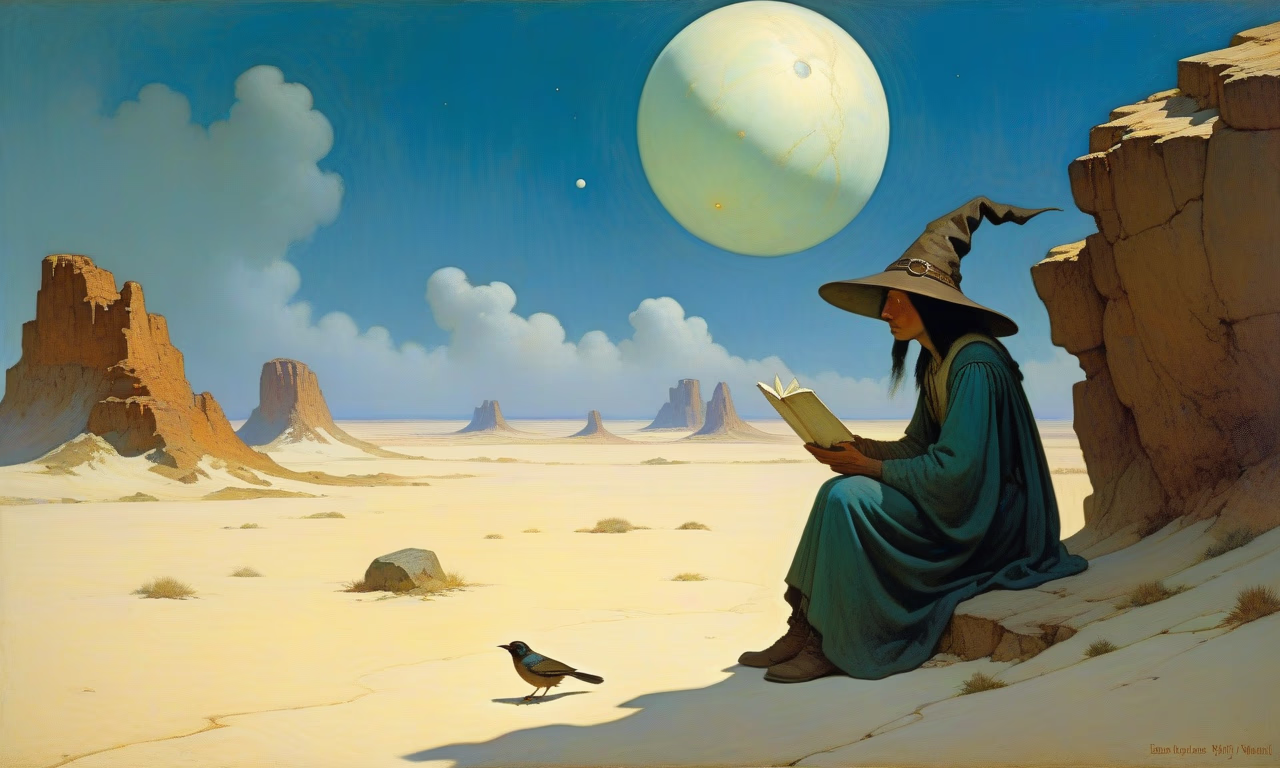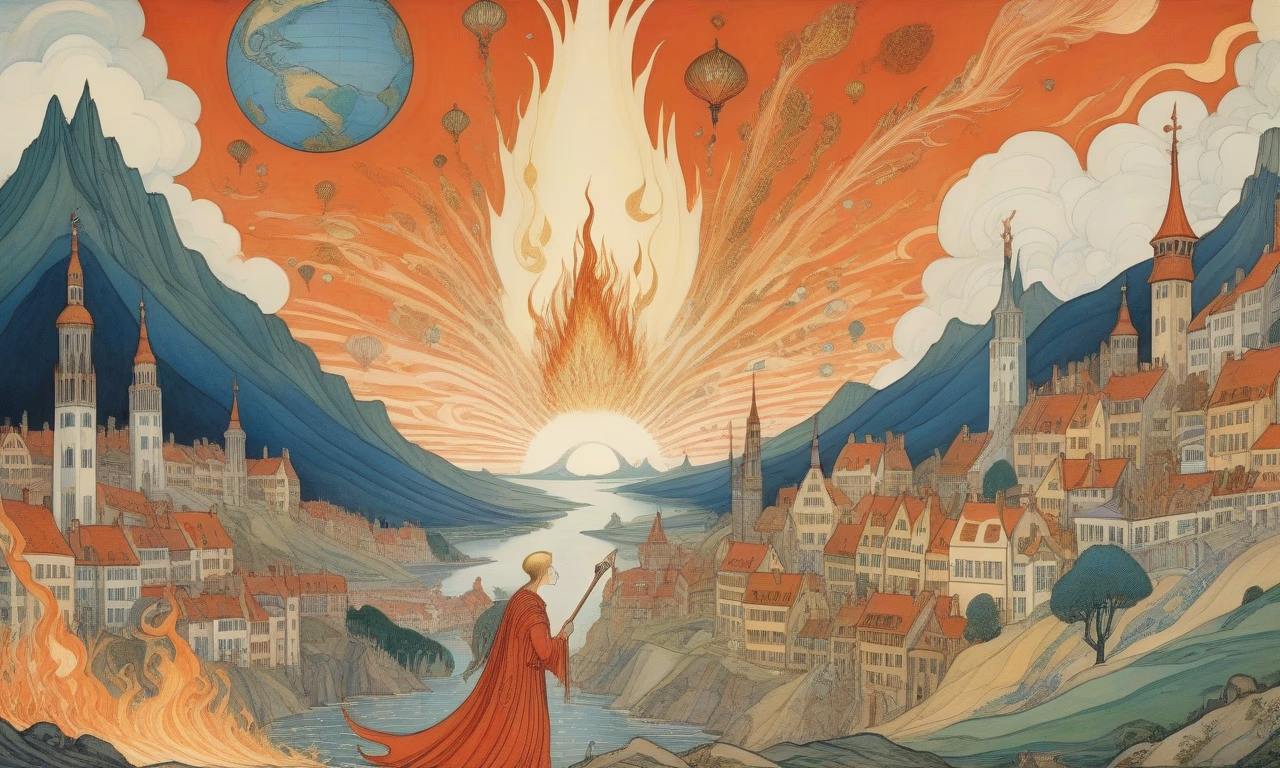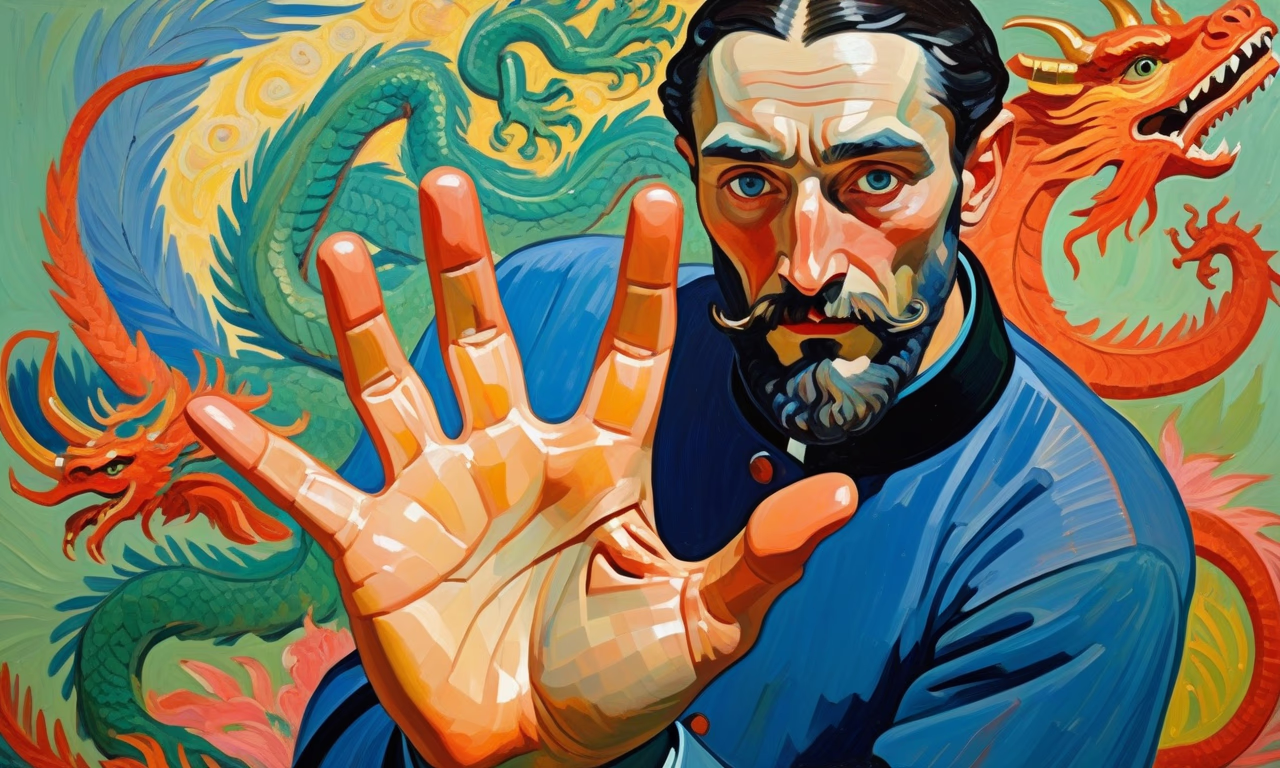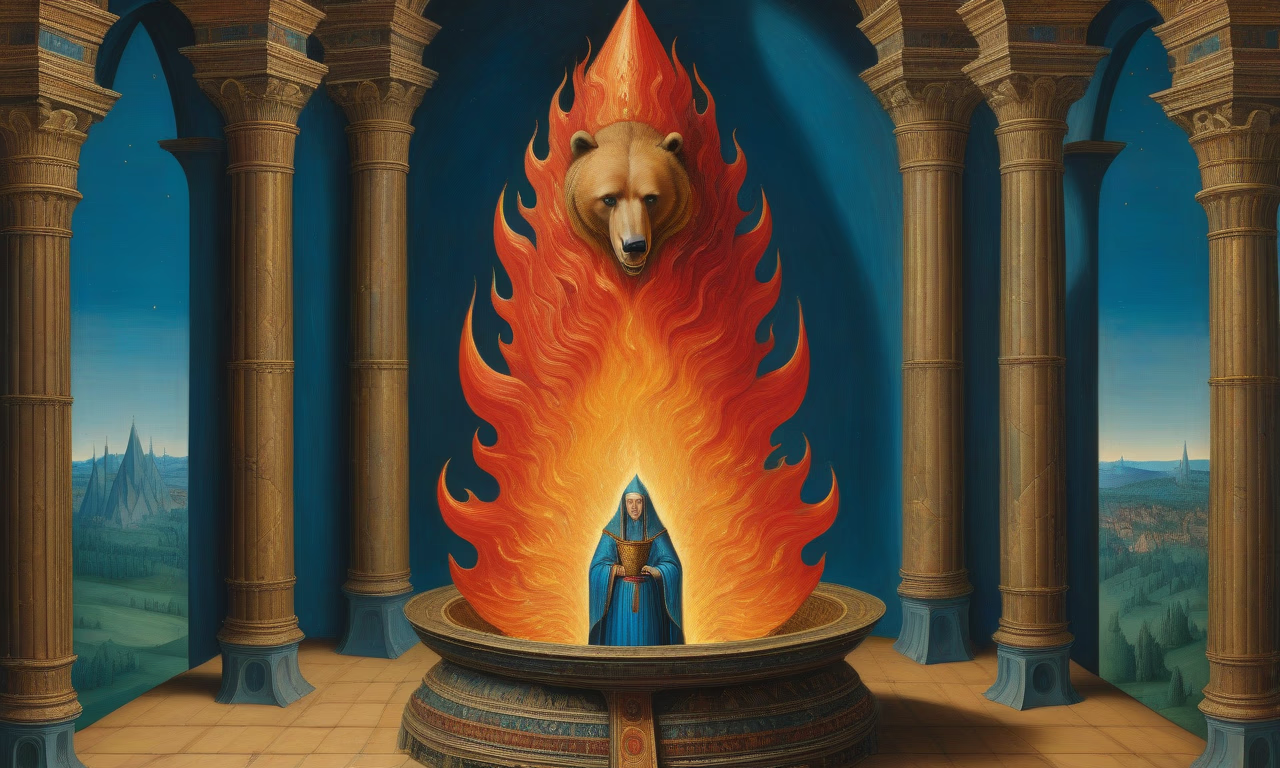THE GOLDEN KEY
What power do myths have? Who gets to shape the myths of the future? A public encounter with a machine that generates an unending series of mythological tales.
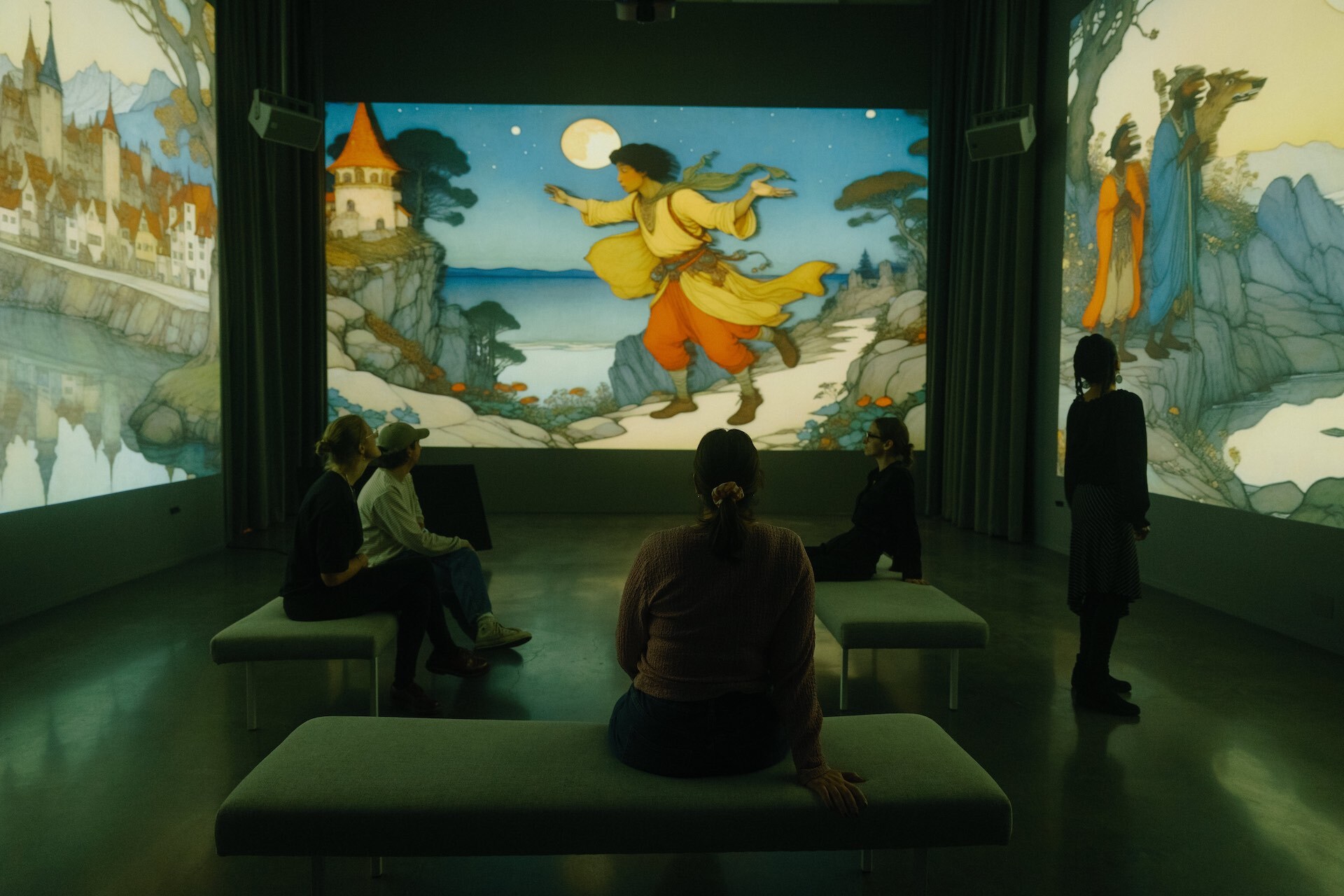
Marc Da Costa & Matthew Niederhauser (2024)
Artificial intelligence is a myth. Tales of Terminator-like machines enslaving humanity seem to coincide with the rapt anticipation of helpful and friendly new entities that will solve all of our problems. However, in the background of this myth making are trillions of dollars of corporate wealth, a new carbon footprint similar to a small country, and a vast amount of uncertainty.
“The Golden Key” explores these deeper underpinnings of machine learning by creating an encounter between myth, machine, and the collective actions of an audience. The work uses as its basis a hundred-year-old academic research database that tries to categorize and structure folktales from around the world into a linked taxonomy, much as Darwin and others had done for nature. This massive effort from an earlier era echoes what is now happening with large language models like ChatGPT, as they try to organize and discern the deep patterns of the world online.

The mythological database at the heart of “The Golden Key” is staggering in its scale, encompassing thousands of plot structures and tens of thousands of story motifs from the Indo-European tradition. Many of these stories date back thousands of years [but were not written down until the 16th or 17th centuries. For millennia they were passed along person-to-person, across vast stretches of both time and space. This rather sublime realization suggests a question: what will happen to our myths in the future if our current civilization breaks down?
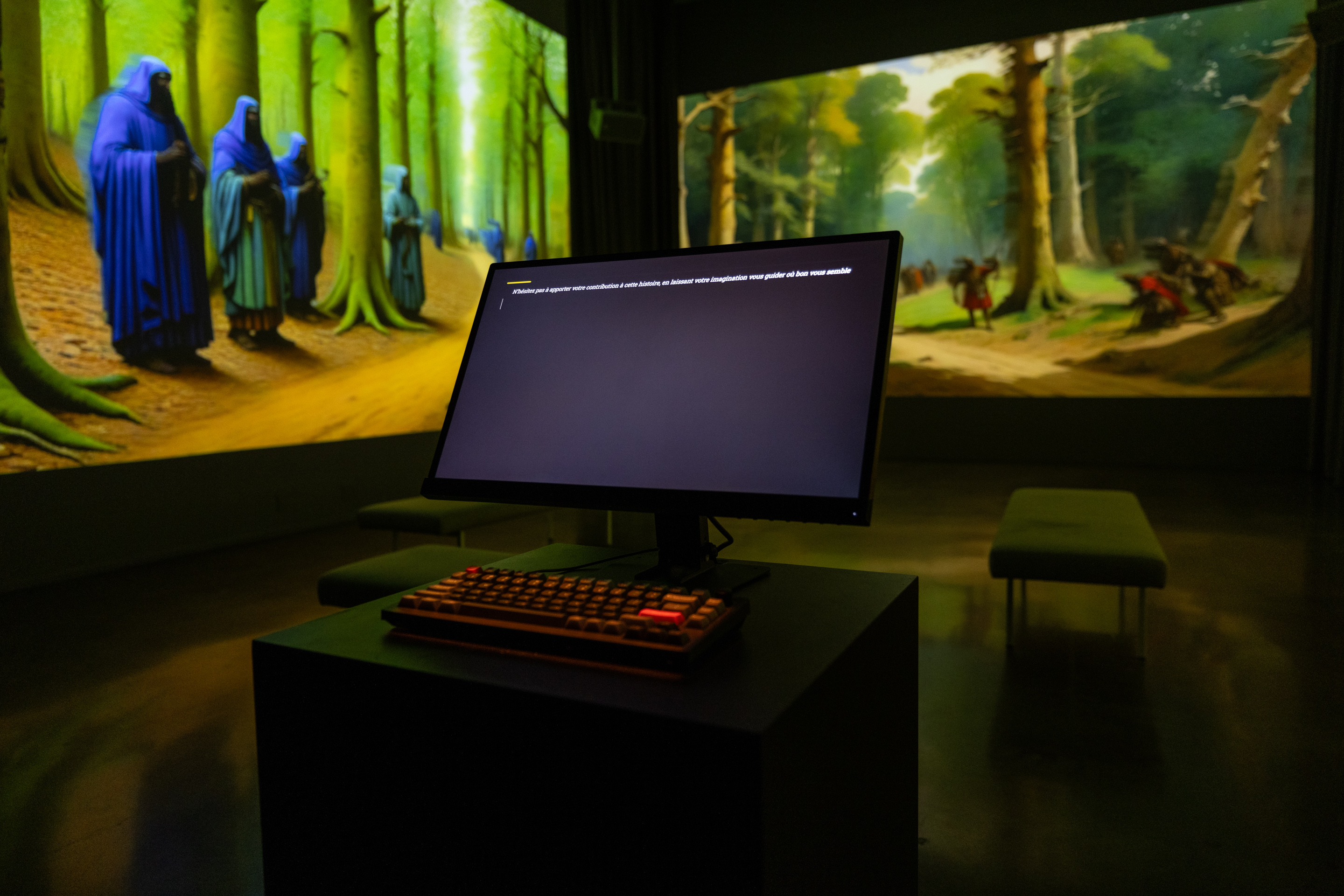
“The Golden Key” is imagined to be an artifact, a time capsule, a provocation that was left behind in the last days of a world on the brink of climate catastrophe. Left to its own devices, “The Golden Key” will produce an unending series of mythological tales and accompanying visuals. However, audience members are invited to contribute to the narrative, entering their own story elements and histories to become recombined in a perpetual myth-making process.
Through this interaction participants can find a new way of thinking about the rise of generative machine learning technologies, one that gives them a stronger basis to imagine what they are, how they can be used, and what it may mean to create a new future with them. Even if artificial intelligence is a myth, its ending is not yet written.
